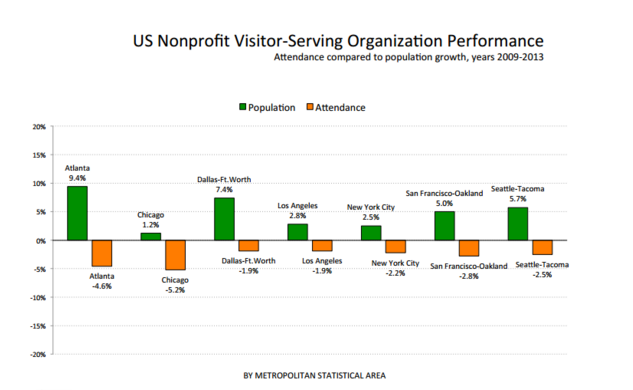Forget WHY: What We Need to Know is HOW
Dov Seidman, a world renowned American author and CEO of LRN, published a New York Times Bestseller about his unique ideas on relationships in business and company culture.
In 1994, Seidman founded LRN and built a business that helps more than 500 companies worldwide develop their value-based corporate cultures and inspire principled performance among employees. The idea with LRN was to shape the future of communication and interaction between employees, managers and others. LRN is also a member of the World Economic Forum Global Growth Company which is an early community of dynamic high-growth companies. As a member on this board, LRN hopes to become a driving force of not just economic change, but social change as well.
After having operated LRN successfully for over 21 years, Seidman used his experiences and wrote his New York Times bestselling book, “HOW: Why HOW We Do Anything Means Everything” with a foreword by President Bill Clinton.
Seidman’s bestseller perpetuates his unique methods on social interaction in corporate capacities. His first rendition,”HOW” was published in 2007 and four years later was supplemented by the highly touted reintroduction of the book.
Seidman’s book addresses an issue that is constantly being evaluated and improved upon both at the startup level and in corporate environments. Company culture and interaction in business has a massive impact on the productivity and growth of businesses and individual success.
Recently, the business world has developed a new level of transparency and the culture of a company is just as important as any other given factor for prospective employees and/or clients. Seidman iterates that, “It’s no longer what you do that sets you apart from others, but how you do what you do.”
For almost two decades, LRN, has helped some of the world’s biggest organizations build a “do it right” culture, which inspires employees to keep their principles first when it comes to work and communication.
Seidman’s vision with LRN has been expounded upon in his book and breaks down how he’s actually gotten companies to practice HOW. LRN has helped more than 15 million people doing business across 120 countries to keep the human aspect in their company culture even in the midst of such demanding competition.
It’s amazing how Seidman’s approach has been received across different world cultures, and has proven so productive for teams that follow his practices.
Since its first release, Seidman expanded HOW with an exclusive Foreword from President Bill Clinton. The author also added a new preface that explains some of the overarching topics that define the book at its core.
Seidman illustrates that our behavior, how we lead others, govern employees, operate in business, trust in our relationships, and relate to others has a massive positive effect when done the right way. But Seidman’s explanation doesn’t just use personal anecdotes from his own experiences, he also explores case studies, edgy research in various field, and interviews he’s conducted with a diverse group of people.
Throughout the book, he defines the methods to uncovering the values of “hows” that will help further your success in modern day business and real-life relationships as well.
Divided into four comprehensive parts, this book breaks down into the following:
- Exposes the factors that have fundamentally restructured the way organizations operate and the way that employees conduct themselves, placing a specific focus on their “hows”.
- Provides frameworks to help you identify and understand these “hows” and implement them in powerful ways that increase productivity towards team goals.
- Helps you channel actions and decisions to get different results.
- Explains the systems of dynamics between people that shape the culture of organizations. Seidman also introduces a bold vision for leading successful teams through self-governance.
Seidman promotes the importance of values like trust, reputation and how keeping this way of thinking as a staple in your work culture can lead to more efficiency, production, innovation, and growth for your organization. HOW will help you further your business ventures in today’s quickly evolving world where the human aspect tends to get lost.
Photo: The Aspen Institute via Flickr.


